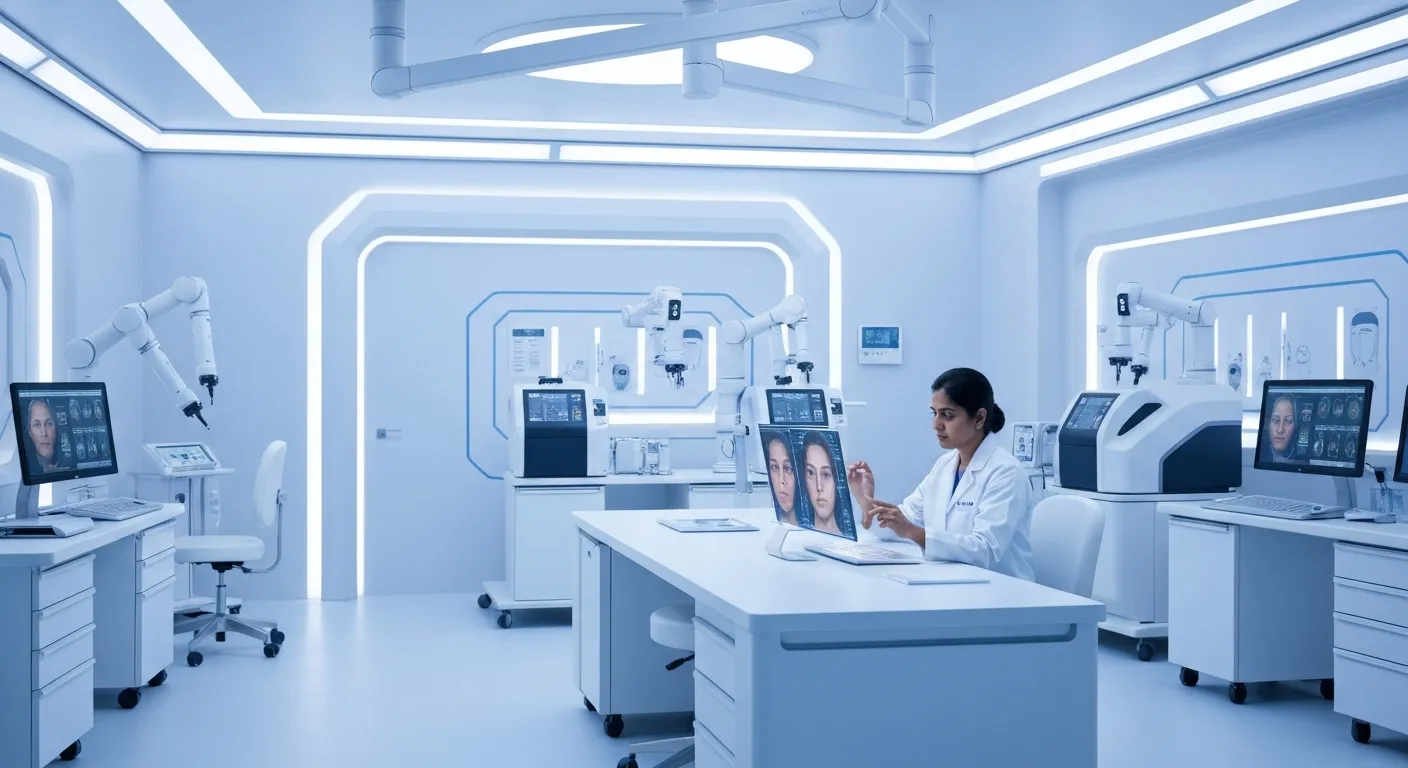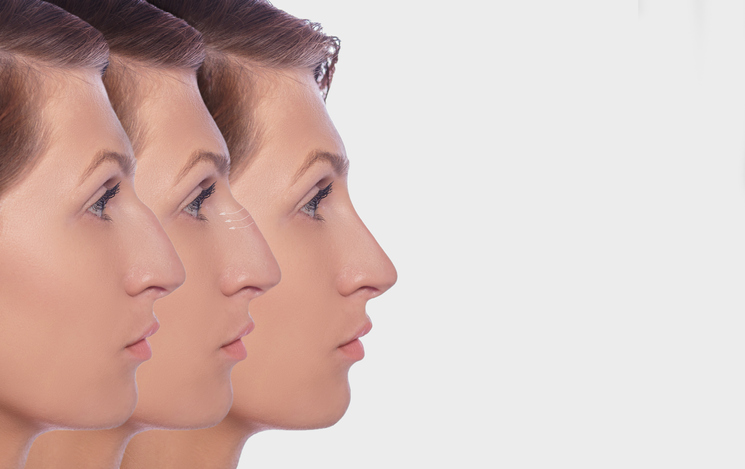
Can Revision Rhinoplasty Be Closed?

Body contouring has revolutionized the way we think about self-care and aesthetic transformations. It’s more than just a cosmetic procedure—it’s a path to enhanced confidence and self-expression.
All rhinoplasty surgeries share the same overall goals: to improve the look and/or function of the nose. However, the way these surgeries can accomplish these goals can vary considerably. There are different techniques your surgeon might use to achieve your desired result, including varying the placement of the incision. An open, or external rhinoplasty involves a different incision placement from that of a closed, or endonasal rhinoplasty.
Taking a closer look at closed rhinoplasty
A closed rhinoplasty involves placing the incisions insidethe nostrils. This is a specialized technique that is often preferred becauseit’s less invasive than the open technique. Due to its less invasive nature,patients typically enjoy a shorter procedure and shorter overall recovery time.Furthermore, the incisions won’t be visible. This is good news for patients whoare concerned about having visible scars on the exterior of the nose.
Understanding the open rhinoplasty technique
In contrast to the closed technique, the open or external technique involves making a small incision on the tissue located between the nostrils on the bottom of the nose. This tissue is called the columella. After making the incision, the surgeon folds the nasal skin back in order to access the cartilage and other nasal tissues. The open technique provides the surgeon with excellent visibility, allowing them to make minute adjustments to the nasal tip.
Because the open technique is more invasive than the closedtechnique, the procedure itself and the recovery time will take longer. Themajority of the swelling should subside in about two weeks, although there willbe some minor swelling that persists for up to six months or longer.
Considering whether to have a closed revision rhinoplasty?
A revision rhinoplasty, which is performed after an initialsurgery did not produce the desired results, is considerably more complicatedthan the initial rhinoplasty. In part, this is due to the likelihood of thesurgeon encountering scar tissue that forms after the first surgery. It’s bestfor the surgeon performing a revision rhinoplasty to have as large a field ofvision as possible in order to make the necessary adjustments. This is why insome cases a closed technique might not be the preferred choice for a revision.The open technique is particularly well-suited to surgeries that involve makingmajor structural changes.
However, each patient is a unique case, and what’s best forone isn’t necessarily best for another. To determine whether a closed surgeryis possible for you, you’ll need to set up a consultation with a board-certifiedplastic surgeon—ideally, one who has already performed plenty of revisionrhinoplasties.
Schedule a revision rhinoplasty consult in Manhattan
Since revision rhinoplasties are even more complex than primary rhinoplasties, it’s essential to choose a board-certified plastic surgeon who has extensive experience in this area. A decades-long track record of successful results and impeccable credentials are why so many patients choose Dr. Thomas Loeb in Manhattan to perform their revision rhinoplasty procedures.
As a board-certified plastic surgeon, Dr. Loeb prioritizes patient care and safety, with an eye toward producing aesthetically pleasing results. You can schedule a consultation with Dr. Loeb for revision rhinoplasty in NYC by calling today.
Heading
- The Rhinoplasty Society, Secondary Rhinoplasty, https://www.rhinoplastysociety.org/secondary-rhinoplasty/
- American Society of Plastic Surgeons, Rhinoplasty, https://www.plasticsurgery.org/cosmetic-procedures/rhinoplasty/procedure
.png)
.png)



.svg)
.svg)





